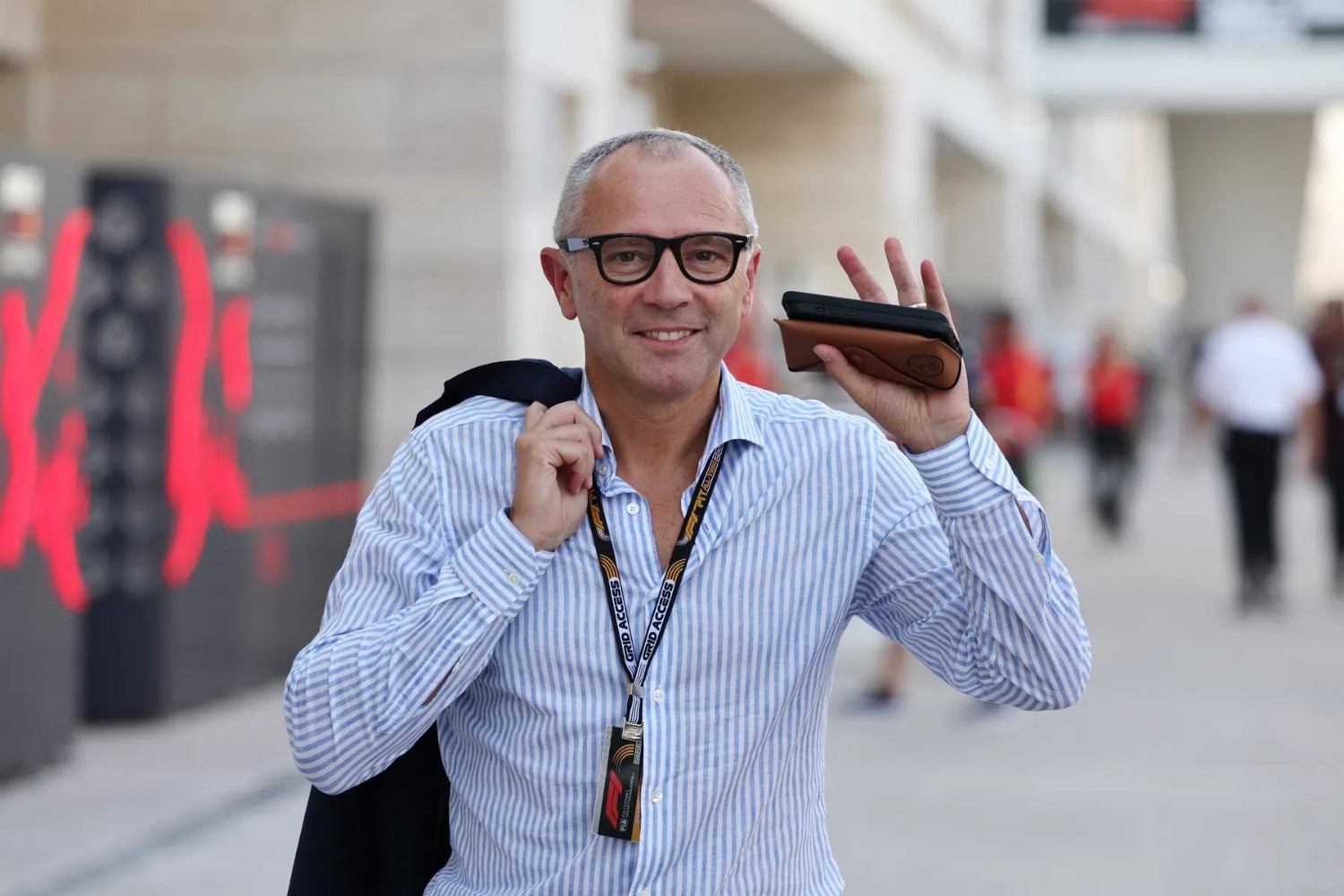F1 News: Domenicali admits fans confused by his 2026 engines
(GMM) Formula 1 is under pressure to sell its radical 2026 engine regulations to skeptical fans – even as talks already turn to the next set of rules beyond that.
The 2026 power units will feature a huge jump in electric power and highly complex energy management. Some in the paddock fear the spectacle could suffer, while new fans struggle to understand the technology.
Editor’s Note: Formula 1, and in particular Domenicali, has no one to blame but themselves for the 2026 Frankenstein Cars they have created. They bent over backward to appease the woke tree huggers and created a monstrosity requiring drivers to do unnatural things behind the wheel.
“We need to be practical, good at communicating, and simplifying,” F1 CEO Stefano Domenicali told Italian media ahead of Monza.
“Many new Formula 1 fans aren’t familiar with this world.
“And it’s true, the drivers will have to relearn how to drive. But it won’t be a remake of 2014 with a single manufacturer dominating. Many more elements will make the difference this time.”
Related Article: F1 News: Tombazis defends ’26 Frankenstein cars amid driver backlash
Behind the scenes, though, there is already a push for the next engine cycle to come quickly – potentially lasting only four or five years. According to Auto Motor und Sport, a 2.4-litre V8 with hybrid power is now the preferred solution.
“After Monza, we’ll discuss the rules for the next cycle, beyond the 2026 one,” Domenicali confirmed to Italian journalists.
“The FIA’s input is to simplify the engine and try to attract private suppliers, not just large manufacturers. We’ll need to come up with an interesting project, using sustainable fuels, and this will allow us to reduce the size and bulk of the cars.”
Related Article: F1 News: 2026 ‘Frankenstein cars’ will reward brains over talent – Albon
Auto Motor und Sport that the next engine plan would involve an electric unit of 220-240kW – midway between today’s systems and the 350kW target for 2026.
The FIA is believed to favor a 2029 debut, backed by Red Bull Powertrains and Cadillac. But manufacturers like Audi and Honda want to stick to the promised five-year cycle to protect their vast investments.
“Developing the engines costs everyone the same amount of money,” Red Bull advisor Dr Helmut Marko warned. “We need to think more about the fans and less about the engineers when it comes to future regulations.
“The engines need to be simpler and cheaper.”
Ferrari could be more flexible, while team boss Frederic Vasseur insisted cost-cutting cannot be done without clarity. “Clear statements should be made about how the desired cost reduction will be achieved,” he said, pointing to either stricter rules or a firmer cap.
Sound is another battleground. Even V8s with hybrid systems and lean-burn technology may struggle to recapture the drama of earlier eras. And without turbos, fuel limits will still dull the noise.
Costs are also central. From 2026, manufacturers face a $130m annual cap, while customer teams pay up to 20 million euros per year for engines plus sustainable fuels. The FIA is reportedly targeting 10m euro leasing fees in future.
